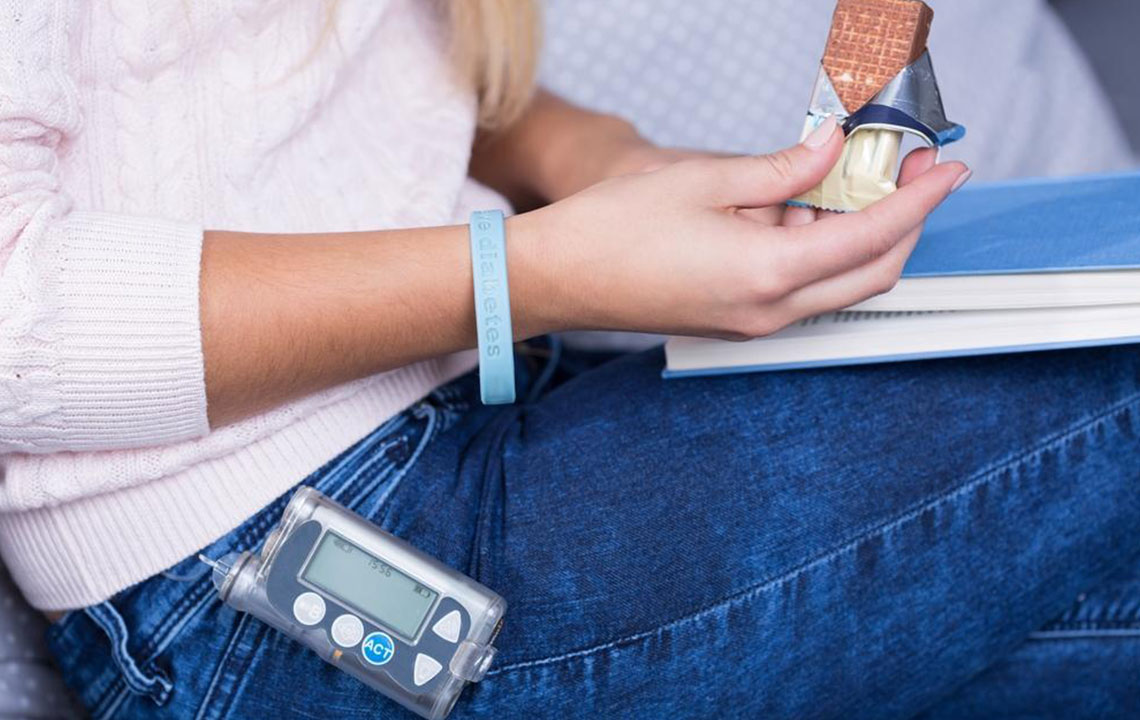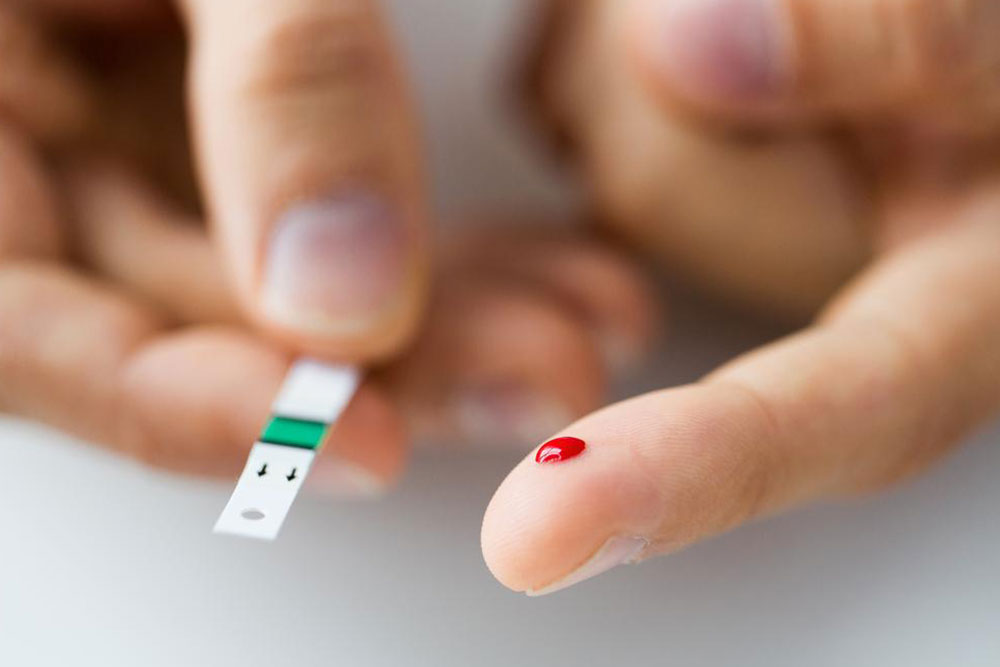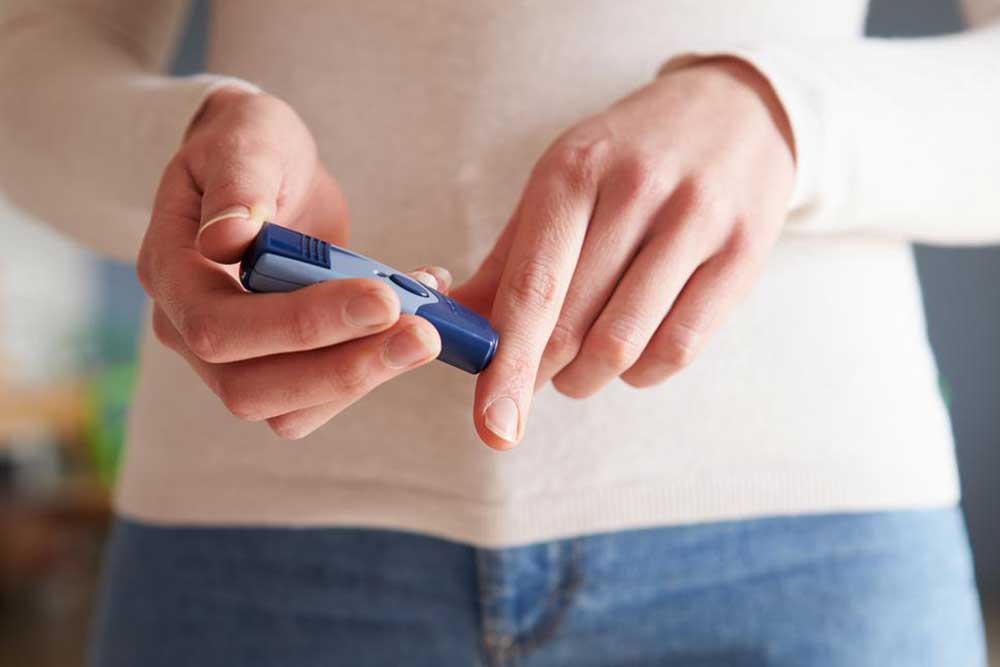Complete Overview of Insulin Pump Therapy for Diabetes Management
This comprehensive guide explores insulin pump technology, key components, and proper usage for diabetes management. Learn about device operation, maintenance, and expert tips to optimize insulin delivery and improve quality of life.

What Is an Insulin Pump?
An insulin pump is a small, portable device that delivers insulin continuously to help manage diabetes. It administers rapid-acting or short-acting insulin directly into the body, but typically isn't compatible with long-acting insulins like Lantus or Levemir.
Key Parts of an Insulin Pump
The device includes:
Pump Device: Similar in size to a deck of cards, it contains the insulin reservoir, batteries, microchip, and a pumping mechanism.
Tubing: Connects the reservoir to the infusion site, allowing insulin flow.
Infusion Set: A small tube inserted into the skin to deliver insulin into the body.
How to Use an Insulin Pump
Proper training is vital for effective use. A healthcare provider will instruct you on:
Filling the insulin reservoir using a vial or cartridge, avoiding air bubbles.
Connecting the infusion set and activating the pump to remove trapped air.
Attaching the infusion set to preferred sites like arms, thighs, abdomen, or buttocks, and setting your basal rate for continuous insulin delivery.
Your healthcare team will help customize your settings. Regular refilling and infusion set replacements, typically every few days, are essential for good management.
Insulin Pump Maintenance Tips
Maintaining your insulin pump involves simple tasks:
Refilling insulin as needed.
Changing infusion sets routinely.
Replacing batteries when required.
Most devices hold insulin for up to five days and will notify you when supplies are running low. Warm insulin to room temperature to avoid air bubbles before use. Follow your manual for proper care.


